IMAS research shows seagulls become ‘flying trash bins’ after they ingest single use plastics
***GROSS WARNING*** Seagulls are becoming ‘flying trash cans’ as they gobble up single use plastics such as condoms, floss, bread clips and regurgitate them in conservation areas. SEE WHY + HOW YOU CAN HELP >>
Tasmania
Don't miss out on the headlines from Tasmania. Followed categories will be added to My News.
SEAGULLS have become ‘flying trash cans’ as they forage for food and gobble up single use plastics and regurgitate them in reserves and conservation areas.
The stomach-turning study by IMAS shows the single-use plastics sent to landfill become part of a breed of gull’s foraging diet.
The birds then go on to regurgitate anything undigestible, which in the wild could be squid beaks or rodent teeth.
The research published in Marine Pollution Bulletin focused on the regurgitated pellets, called boluses, of an urban population of Pacific gull roosting at the kanamaluka/Tamar Island Wetlands in Launceston.
IMAS Honours student Lillian Stewart said studying gull boluses over 18 months gave scientists valuable data on gull foraging behaviour.
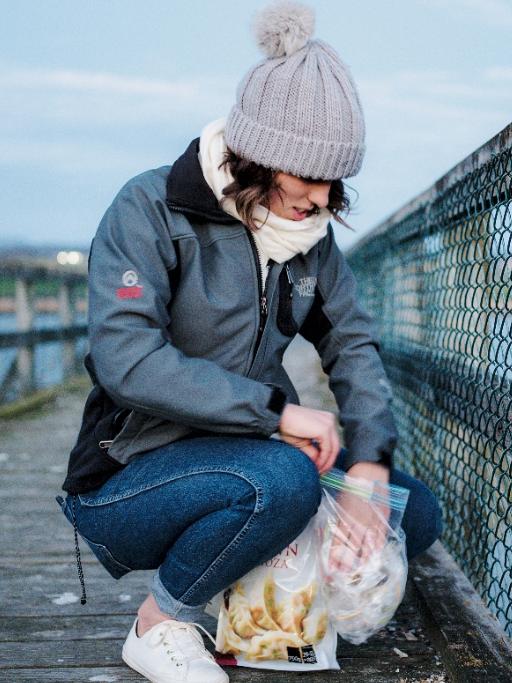
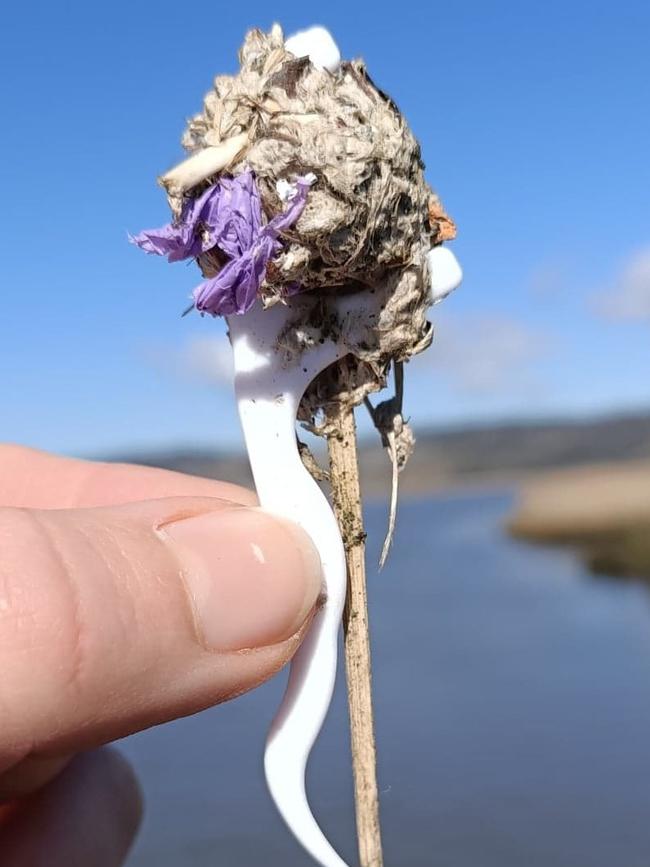
“These wetlands are pristine, yet we found that more than 90 per cent of the boluses we collected contained one or more items of human-generated debris such as plastic, glass or metal, and almost 87 per cent contained at least one item of plastic,” she said.
“Around once a day, a gull will naturally regurgitate indigestible items such as fish bones, squid beaks and rodent teeth.
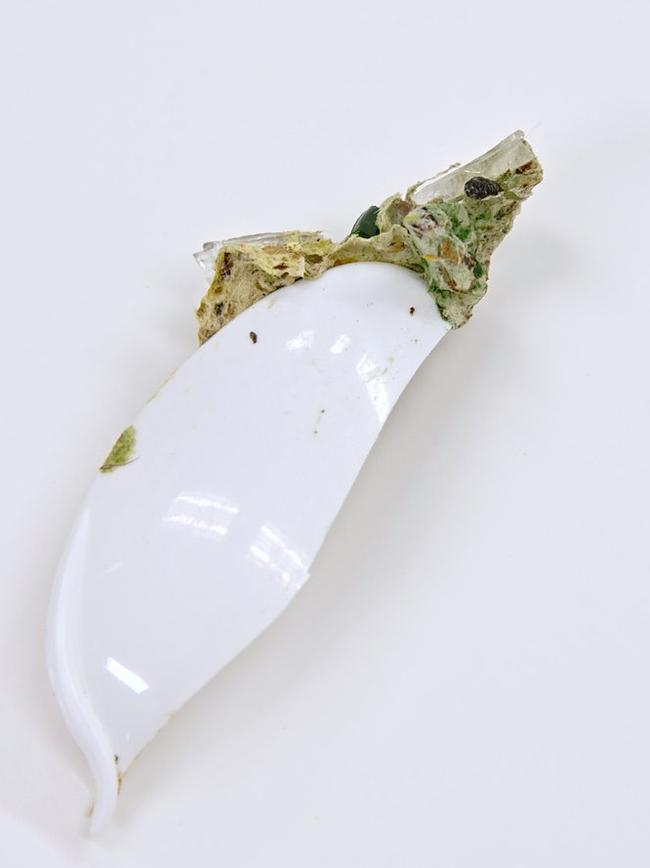
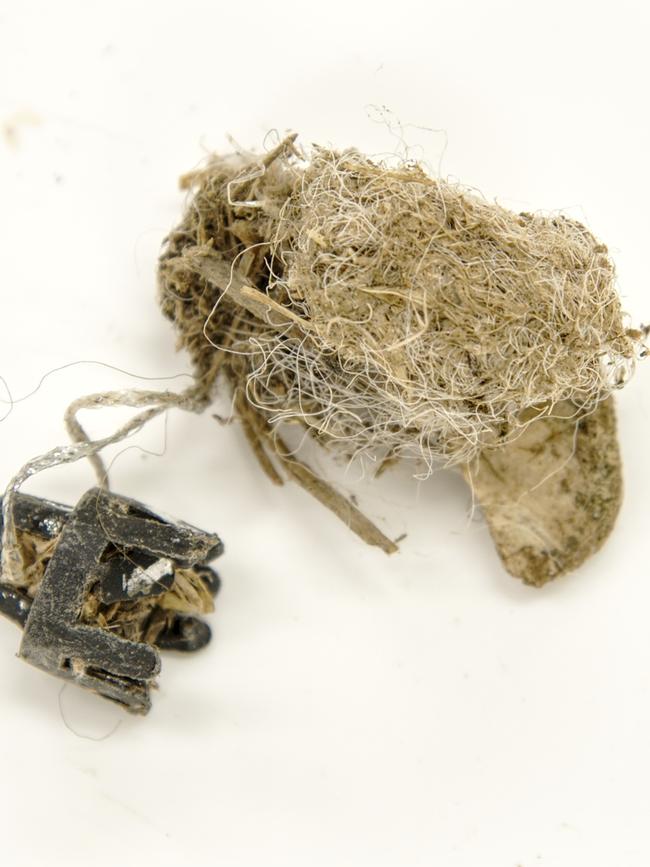
“But the boluses we collected from the roosting site in the wetlands were a mixture of ‘unnatural’ debris, including items such as personal hygiene products, dental floss picks, bread-bag clips, knife blades, rusty nails and even a condom.
“These are all indicative of household waste and are likely to have been acquired from landfill.”
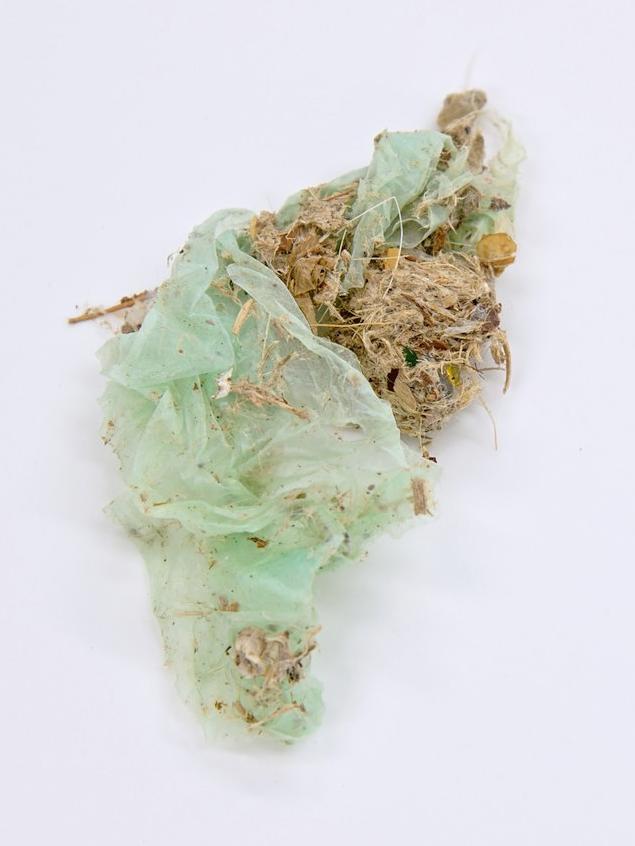
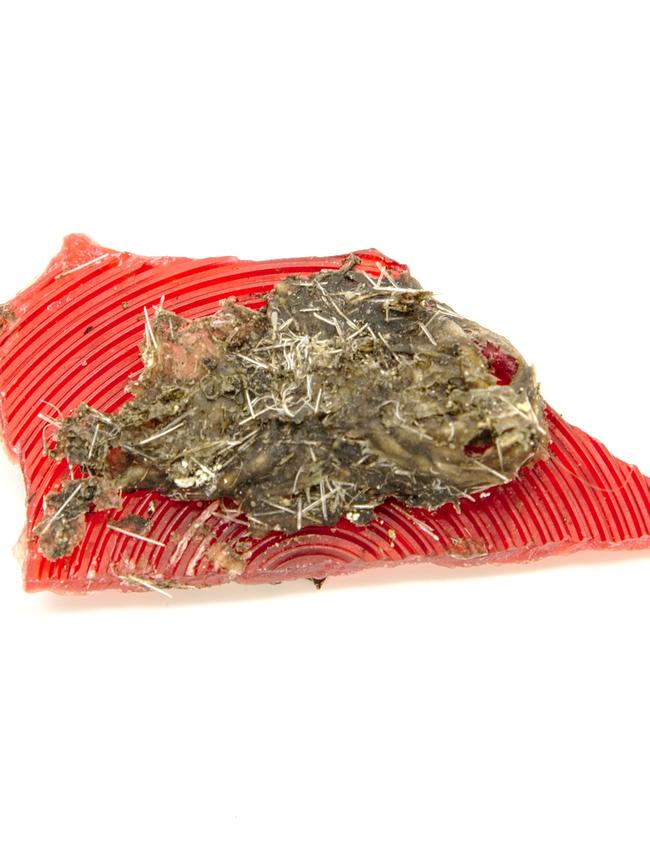
Less than eight per cent of Pacific gull boluses were composed of entirely natural material, the study shows.
The ingestion rates were consistent across the year and is among the highest recorded for a gull species globally.
Researchers fear the plastics can end up in waterways and the sea, obstruct the gull’s digestive system and alter their blood chemistry.


